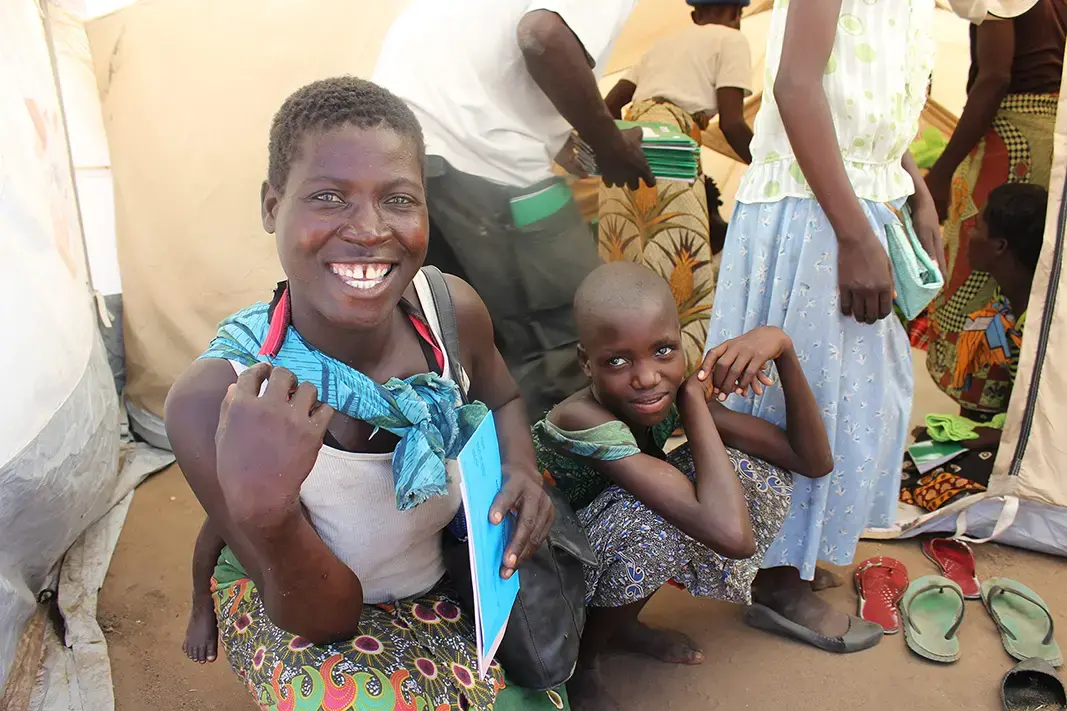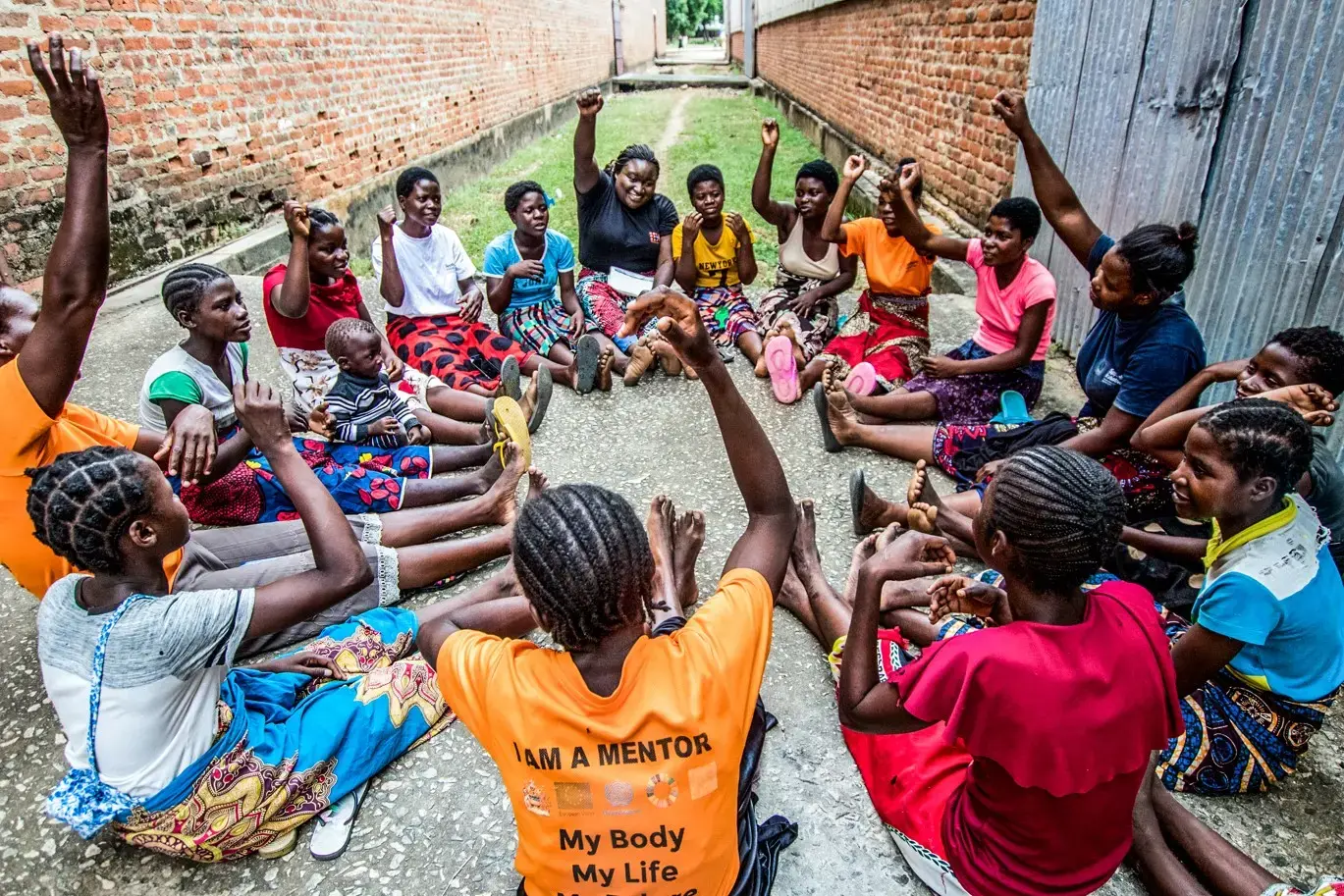Malawi Government adopted the demographic dividend as a conceptual framework to guide programming and policy formulation to accelerate socio-economic development.
The demographic dividend study made recommendations on
- accelerating fertility decline;
- improving quality of education and skills development especially for girls;
- sustaining a health working age population;
- enhance economic growth; and
- enhance governance and accountability.
Government has included some of the demographic dividend recommendations in the Malawi Growth and Development Strategy III.
What is demographic Dividend
A demographic dividend is a boost in economic growth that occurs when there is a larger number of people in working age than those below or above working age. To create and realize the dividend depends on the empowerment, education and employment of the people, together with higher saving and investment in productive resources.
How does it work?
In the process of development, countries move from a state of high mortality and fertility to a state of low mortality and fertility, mostly because of achievements in the social and economic areas. Advances in modern medicine, access to water and sanitation, general improvements in infrastructure and the conveniences of modern life reduce infant, child and maternal mortality. As a consequence, many families decide to have a smaller number of children, which brings about a fall in fertility. At this stage of the demographic transition, countries enter a phase where they can reap a demographic dividend.
The links between fertility and human development (and between health and education) are complex and reinforcing. Health and education have an impact on fertility, and are in turn directly impacted by changes in fertility. In other words, they are both causes and effects of fertility declines.
As households have a smaller number of children to take care of, the breadwinners of the household can invest more of their resources in each child. Households also save more money. If this higher level of saving is channeled into productive investment in human and physical capital, it helps to accelerate the creation of employment, a rise in productivity and the overall growth of the economy.
Smaller family sizes allow for increased investment per child in health, nutrition and education. Early childhood investments in health and nutrition can have large effects on educational outcomes, and consequentially the income the individual will receive as an adult.
Improvements to child health have long lasting effects on adult health and longevity, and improvements in adult health can further reinforce the incentive to continue investing in education and human capital development, given that longer healthy lifespan increases the time over which the returns to education investments can be recouped.
With a more educated and healthy population, as investments in human capital development increase, countries enjoy a larger proportion of their population being economically active, which can further advance economic growth and development.
It is not an automatic process for countries to arrive at a situation where mortality levels are low and fertility levels are falling, or for countries to reap the dividend once they have achieved this stage. Both are critically depend on the empowerment of the younger generations – and namely their health, education and employment.





